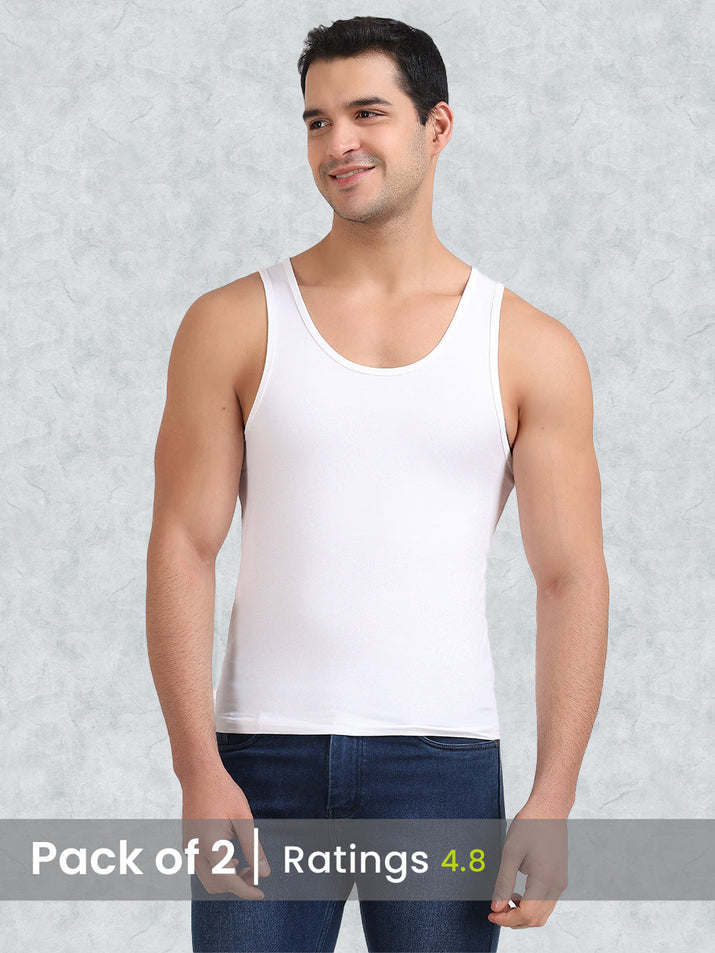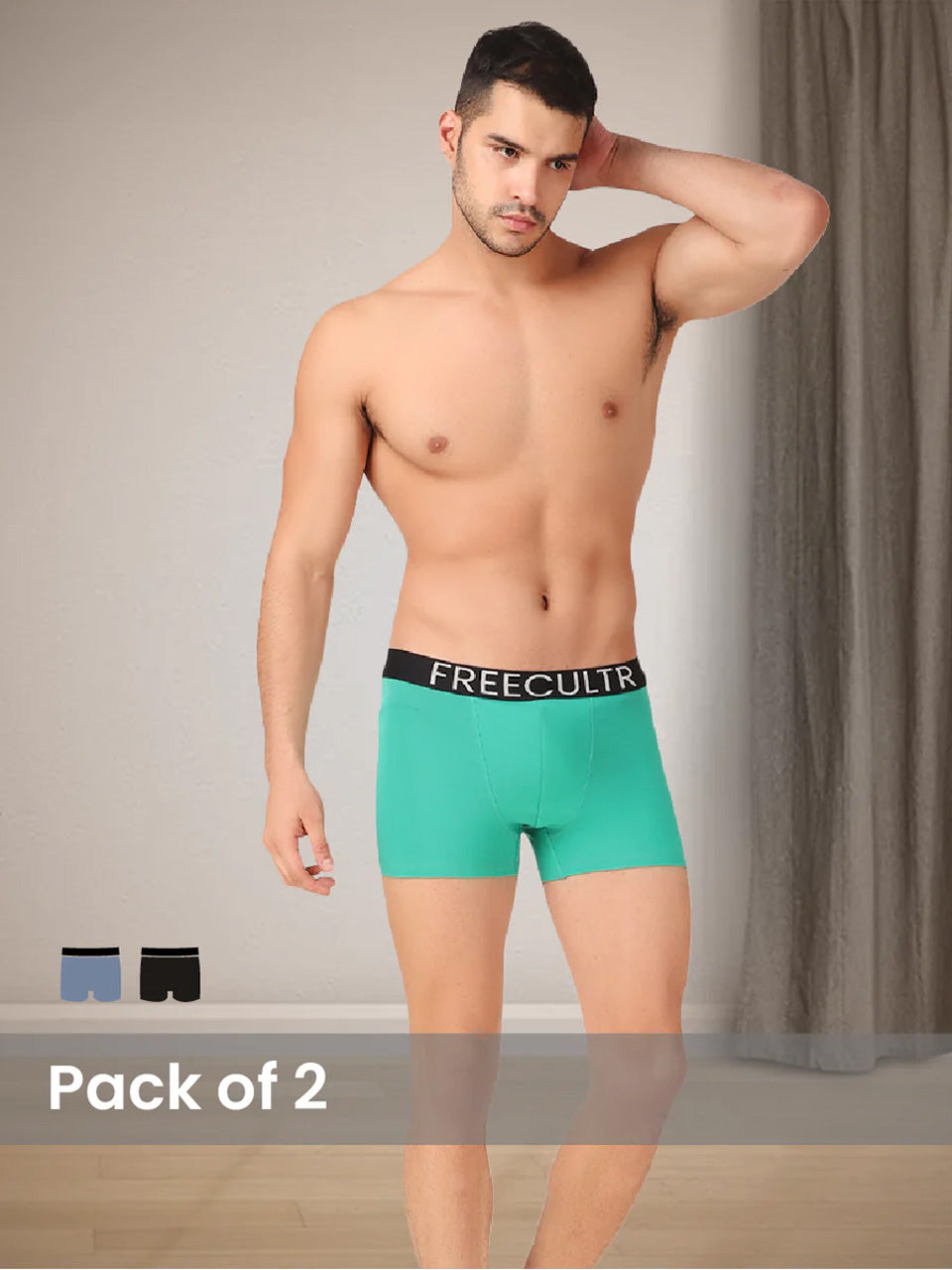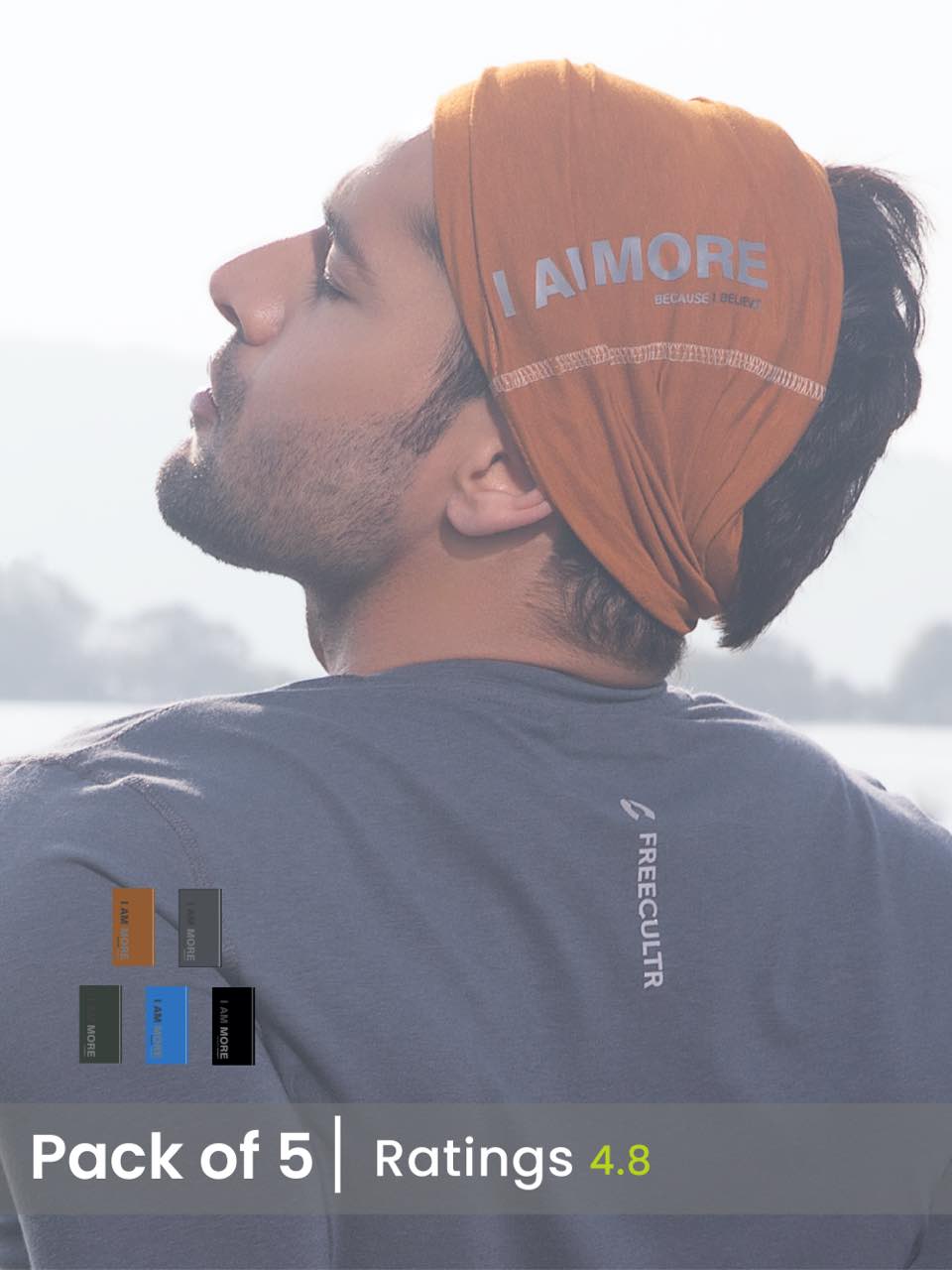Optimizing foundational support, modern men's briefs now integrate advanced textile engineering with anatomical design principles to redefine daily comfort. Leading innovations feature micromodal and Tencel Lyocell blends, known for superior moisture-wicking and exceptional softness, directly addressing skin microclimate regulation. Contemporary designs often incorporate ergonomic contour pouches, reducing compression and improving circulation, while flatlock seams prevent chafing, a common discomfort point. Moreover, recent advancements in elastane technology ensure consistent shape retention and adaptive fit throughout the day, mitigating sag and bunching. This focus on material science and precision tailoring transforms the brief from a basic garment into a performance-driven foundational layer, essential for sustained well-being and active lifestyles.

Understanding the Foundation: What Makes a Brief "Supportive"?
At its core, a men's brief is a type of underwear designed to offer maximum support and minimal coverage, particularly around the groin area. Unlike other underwear styles, briefs are characterized by their high-cut leg openings and the absence of fabric extending down the thigh. The "supportive" aspect of a brief is not just about keeping everything in place; it's about providing an ergonomic environment that reduces movement, friction. Potential discomfort throughout the day.
Key elements contributing to a brief's support include:
- Pouch Design This is the most critical component. A well-designed pouch is contoured to cradle the male anatomy, offering uplift and separation. Pouches can vary from flat, seamed designs to more advanced contoured or anatomically separated pouches. The goal is to prevent compression and allow natural positioning.
- Fabric Elasticity The material's ability to stretch and recover is paramount. Fabrics with good elasticity, often containing spandex (Lycra) or elastane, ensure the brief conforms to the body without feeling restrictive, providing consistent support even during movement.
- Waistband A sturdy yet comfortable waistband is essential for keeping the brief securely in place without digging into the skin. Wider waistbands often distribute pressure more evenly, contributing to overall comfort and support.
- Leg Openings The design of the leg openings, often featuring elasticated hems, prevents the fabric from riding up or bunching, maintaining the supportive fit around the upper thigh and groin.
The anatomy of support in briefs focuses on two main areas:
- Scrotal Support This involves lifting and separating the scrotum from the inner thighs. Proper scrotal support prevents chafing, reduces sweat accumulation. Minimizes discomfort, especially during physical activity.
- Penile Support The pouch design ensures the penis is held comfortably and securely, preventing it from sticking to the leg or being uncomfortably compressed against the body. This separation is crucial for hygiene and comfort.
The Science of Comfort: Beyond Just Soft Fabric
While a soft hand-feel is certainly desirable, true all-day comfort in men's briefs goes far beyond the initial touch. It involves sophisticated fabric technologies, thoughtful construction. Ergonomic design principles that work in harmony to create an optimal wearing experience. Achieving true Fashion & Comfort in briefs requires a deep understanding of these elements.
Key scientific aspects of comfort:
- Fabric Technology
- Breathability High-performance fabrics allow air to circulate freely, preventing heat and moisture buildup. Natural fibers like cotton and bamboo are inherently breathable, while synthetic blends can be engineered with micro-perforations or special weaves to enhance airflow.
- Moisture-Wicking This is a critical feature, especially for active individuals or those in warmer climates. Moisture-wicking fabrics draw sweat away from the skin to the outer surface of the garment, where it can evaporate quickly. This process keeps the skin dry, reduces the risk of bacterial growth. Prevents uncomfortable dampness. Common wicking materials include polyester, nylon. Certain modal blends.
- Stretch and Recovery Beyond just elasticity for support, a fabric's ability to stretch in multiple directions (four-way stretch) and then return to its original shape is vital for unrestricted movement and preventing sagging over time. This ensures the brief maintains its comfortable fit throughout the day.
- Seam Construction and Tagless Designs
- Flatlock Seams Traditional seams can create bulky ridges that chafe or irritate the skin, especially in high-friction areas. Flatlock seams are stitched so that the edges of the fabric lie flat against each other, creating a smooth, non-irritating surface. This is a hallmark of premium comfort.
- Tagless Design Small details make a big difference. Sewn-in tags can be itchy and cause irritation. Many modern briefs feature printed labels or are entirely tagless, eliminating this common source of discomfort.
- Ergonomic Considerations (Anatomical Fit)
- Contoured Pouches As mentioned, these are shaped to fit the male anatomy without crushing or constricting. Some advanced designs feature separate compartments for different anatomical parts to prevent skin-on-skin contact and enhance ventilation.
- Paneling and Gussets Strategic placement of fabric panels and gussets (diamond-shaped fabric inserts) in the crotch area allows for greater freedom of movement, reduces stress on seams. Improves overall fit, especially when sitting or moving.
Ergonomics in underwear design refers to how the garment interacts with the natural contours and movements of the human body. This includes:
Choosing Your Ideal Brief: A Guide to Fit and Function
Selecting the right brief is a personal journey. Understanding the nuances of sizing, styles. Materials can significantly enhance your experience of both support and comfort. It's about finding the perfect synergy that aligns with your lifestyle and preferences.
Sizing and Fit Importance
The cardinal rule for any underwear is proper sizing. A brief that is too small will constrict, chafe. Offer inadequate support, potentially leading to discomfort and even health issues. One that is too large will lack support, bunch up. Feel sloppy. Always consult the brand's sizing chart, which typically correlates waist measurements to letter sizes (S, M, L, XL, etc.). Remember that sizes can vary between brands, so don't assume your size will be consistent across the board.
Different Brief Styles and Their Support/Comfort Profiles
- Classic Briefs These are the traditional style, often featuring a higher rise that sits closer to the natural waistline. They offer full coverage of the buttocks and provide robust support through a generally more structured pouch. Ideal for everyday wear and those who prefer a secure, traditional feel.
- Low-Rise Briefs Designed to sit below the natural waist, typically around the hips. They offer a more modern, minimal look and are often favored when wearing low-rise pants or shorts. While still supportive, the lower cut might offer slightly less overall compression than classic briefs, depending on the specific design.
- Mid-Rise Briefs A versatile middle ground, sitting just below the natural waist but higher than low-rise. They strike a balance between coverage and contemporary style, offering good support without feeling too restrictive or too revealing. A popular choice for a wide range of body types and activities.
- Full-Rise Briefs These offer the most coverage, sitting at or above the natural waist. They provide maximum support and a classic silhouette, often preferred by those seeking ultimate containment and a secure fit, sometimes for medical reasons or specific athletic needs.
Material Deep Dive
The fabric choice is fundamental to a brief's comfort, breathability. Durability:
- Cotton The most common and widely loved material.
- Pros Soft, breathable, absorbent, hypoallergenic. Affordable. Excellent for everyday wear.
- Cons Can retain moisture, leading to a damp feeling if sweating heavily. Dries slowly.
- Modal A type of rayon made from beechwood pulp.
- Pros Exceptionally soft, silky smooth, highly breathable. More moisture-wicking than cotton. Resists shrinkage and fading. Often blended with spandex for stretch.
- Cons Can be more expensive than cotton.
- Bamboo Viscose Derived from bamboo pulp.
- Pros Incredibly soft, naturally antibacterial, highly breathable. Excellent at moisture-wicking and temperature regulation. Environmentally friendly in production.
- Cons Can be more delicate than cotton and may stretch out slightly over time if not blended.
- Synthetic Blends (Polyester, Nylon, Spandex/Elastane)
- Pros Durable, excellent moisture-wicking properties, quick-drying. Offer superior stretch and shape retention, thanks to spandex content. Ideal for athletic use.
- Cons Can feel less natural than cotton or modal. Some blends may be less breathable if not engineered correctly, potentially leading to odor retention over time if not treated with antimicrobial finishes.
Briefs vs. Boxers vs. Boxer Briefs: A Comparative Look
Understanding the distinctions between these popular men's underwear styles is crucial for making an informed choice that best suits your needs for support, comfort. Activity. Each has its unique characteristics and advantages.
| Feature | Briefs | Boxers | Boxer Briefs |
|---|---|---|---|
| Coverage | Minimal coverage, high-cut leg openings, no fabric on thighs. | Maximum coverage, loose-fitting, extends down the thigh. | Medium coverage, extends part-way down the thigh, generally form-fitting. |
| Support Level | High; designed to lift and cradle the anatomy securely. | Low; loose fit offers minimal to no support. | Medium to High; provides good support while offering more coverage than briefs. |
| Comfort Profile | Excellent for active support, prevents chafing. Can feel restrictive to some. | Maximum airflow and freedom of movement. Can bunch under clothes. | Combines support with leg coverage, reduces chafing. Can feel warm to some. |
| Chafing Prevention | Excellent; keeps skin separated. | Poor; loose fabric can allow skin-on-skin contact. | Good; fabric barrier between thighs. |
| Breathability | Good, especially with modern fabrics due to minimal fabric. | Excellent due to loose fit and air circulation. | Good. Less than boxers due to more fabric and closer fit. |
| Visibility Under Clothes | Minimal lines, good under slim-fit pants. | Can bunch and create lines, especially under slim-fit clothing. | Generally smooth lines, good under most clothing. |
| Ideal Use Cases | Athletics, tight clothing, everyday wear when support is key. | Lounging, sleeping, very loose clothing. | Everyday wear, active pursuits, general versatility. |
Real-World Applications and Use Cases
The choice of brief, or indeed any underwear, significantly impacts daily comfort and performance. Understanding where briefs excel can help you make the best decision for your specific needs, truly embracing the principles of Fashion & Comfort in your wardrobe.
- Everyday Wear For many men, briefs are the go-to for daily use due to their reliable support and discreet profile under clothing. They prevent shifting and uncomfortable bunching, making them ideal for long days at the office, commuting, or simply running errands. The secure fit ensures you don't have to constantly adjust your underwear, allowing you to focus on your day.
- Athletic Activities This is where briefs truly shine in terms of support. For activities like running, cycling, weightlifting, or team sports, the contained fit minimizes movement of the male anatomy, reducing bounce and potential discomfort. Many athletic briefs incorporate advanced moisture-wicking and quick-drying fabrics, keeping you dry and preventing chafing even during intense workouts. For instance, a marathon runner might opt for a brief made of a synthetic blend to prevent chafing over long distances, whereas a weightlifter might choose a cotton brief with a supportive pouch for stability during heavy lifts.
- Specific Scenarios
- Travel Briefs are compact and quick-drying (especially synthetic ones), making them excellent for travel. Their ability to provide consistent support during long periods of sitting (e. G. , on flights or long drives) can greatly enhance comfort.
- Hot Climates While all underwear can get warm, the minimal fabric of briefs, combined with breathable, moisture-wicking materials like bamboo or performance synthetics, can help manage sweat and heat more effectively than styles with more coverage.
- Under Slim-Fit Clothing Due to their high-cut design, briefs create minimal lines and bulk under tailored suits, slim-fit jeans, or dress pants, ensuring a smooth silhouette.
Ultimately, the actionable takeaway is to experiment. Consider your daily activities, the climate you live in. Your personal preferences for coverage and feel. Invest in a few different styles and materials to discover what truly provides you with the best blend of supportive fit and all-day comfort.
Conclusion
Ultimately, the right men's brief isn't just an undergarment; it's a foundational element for your entire day. My own experience, especially during long travel days or intense workouts, has shown me how a poorly fitting brief can genuinely disrupt focus, while a supportive one, perhaps with a modern ergonomic pouch design, makes you forget it's even there. This reflects a current trend towards performance-wear for everyday life, where comfort and support are paramount. Take a moment to assess your current drawer. Are those old, stretched-out briefs truly serving you? It's a simple, yet impactful upgrade. Consider trying a brief with a blend of modal and spandex, a personal favorite, for that perfect balance of softness and stretch that aligns with recent fabric innovations. Invest in quality, because when you feel comfortable and supported from the inside out, your confidence naturally follows. Don't underestimate the power of starting your day right, from the ground up, or rather, from the brief up!More Articles
Men's Briefs – Superior Fit & All-Day FreshnessTrunks for Men – Modern Fit & Active Lifestyle Ready
Men's Tees – Durable Quality & Everyday Ease
Tees – Soft Fabric Feel & Casual Versatility
FAQs
What makes these briefs so comfortable for all-day wear?
They're crafted with a premium blend of soft, breathable fabrics that feel gentle against your skin. The design focuses on a seamless feel and ergonomic shaping to prevent chafing and provide lasting comfort from morning to night.
How much support do these briefs actually offer?
Our briefs are engineered to provide excellent supportive fit without being restrictive. The contoured pouch design gently cradles, offering the right amount of lift and stability, which helps reduce movement and enhance comfort during any activity.
What kind of fabric are these briefs made from?
We use a high-quality blend, typically featuring cotton for softness and breathability, combined with a touch of elastane or spandex for stretch and shape retention. This combination ensures durability and a consistently great fit.
Are they easy to care for and do they last long?
Yes, absolutely! These briefs are designed for everyday wear and simple care. They're machine washable and hold their shape and comfort even after repeated washes, ensuring long-lasting quality.
How do I make sure I pick the right size for a perfect fit?
To get the best supportive fit, we recommend referring to our size chart. Measure your waist and hip circumference, then compare it to the chart to find your ideal size. If you're between sizes, consider your personal preference for fit – a snugger or slightly looser feel.
Is the waistband comfortable, or does it tend to dig in or roll down?
The waistband is designed for superior comfort. It's soft, wide. Engineered to stay in place without digging into your skin or rolling down, ensuring a smooth, irritation-free experience all day long.
Do these briefs help with breathability and keeping me fresh?
Yes, they do! The fabric blend is chosen for its excellent breathability and moisture-wicking properties. This helps to draw sweat away from your body, keeping you feeling cooler, drier. Fresher throughout your day.






